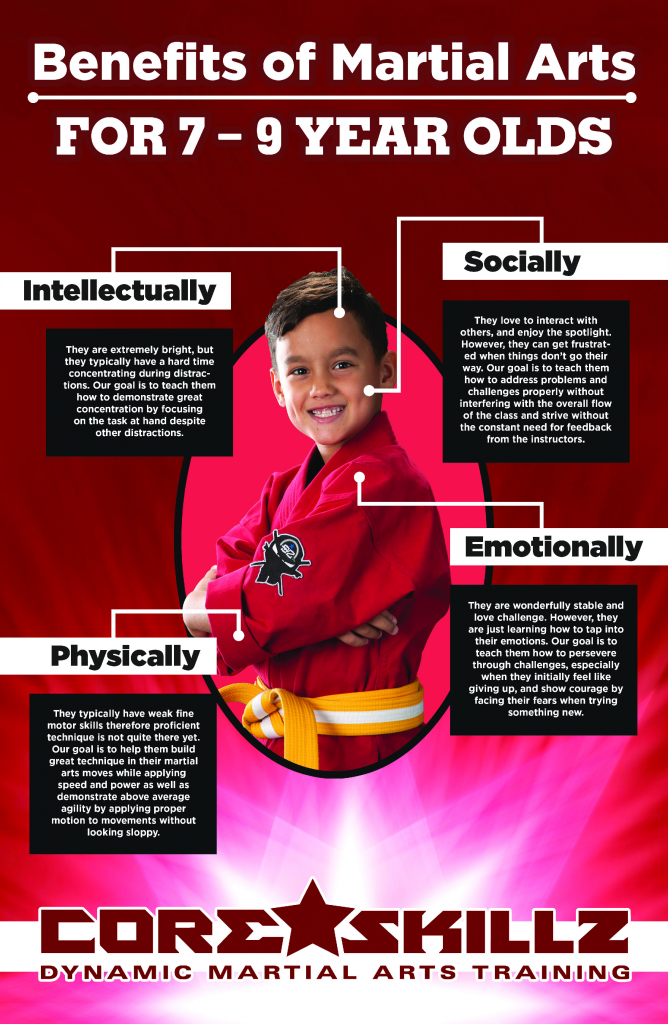The Tradition And Improvement Of Martial Arts: A Detailed Introduction From Its Ancient Starts To Existing Methods
The Tradition And Improvement Of Martial Arts: A Detailed Introduction From Its Ancient Starts To Existing Methods
Blog Article
Material Author-Bonner Ayers
Step into the world of martial arts, where old origins and modern techniques clash in an exhilarating journey of self-control and self-discovery.
As you look into the history and advancement of this fascinating art type, prepare to be captivated by the cultural impacts, technological improvements, and profound ideology that have shaped it over centuries.
From the combat zones of old people to the training grounds these days, martial arts have stood the test of time, constantly adapting and growing.
Each strike, each activity, carries with it the weight of numerous years of practice and knowledge, gave via generations. This is a story of resilience, of warriors who looked for not only physical expertise, however also inner strength and harmony.
Join us on this exceptional expedition as we reveal the secrets, the tales, and the transformational power of martial arts.
Prepare yourself to be influenced, challenged, and permanently transformed by the history and advancement of martial arts.
Cultural Influences on Martial Arts
As you explore the history and evolution of martial arts, you'll quickly uncover the interesting ways in which cultural impacts have shaped these combat strategies.
From the old people of China and India to the much more recent developments in Japan and Brazil, martial arts have actually been heavily affected by the cultures in which they stemmed.
As an example, Chinese martial arts, such as Martial Art and Tai Chi, are deeply rooted in the ideology of Taoism and the concept of Yin and Yang.
In contrast, Japanese martial arts, like Karate and Judo, show the samurai warrior customs and the values of discipline and honor.
Likewise, Brazilian fighting style, Capoeira, combines components of African dancing and music, reflecting the cultural heritage of African slaves in Brazil.
These social affects not just offer each fighting style its unique qualities however also supply a deeper understanding of the historical and social contexts in which they progressed.
Technological Advancements and Martial Arts
With the increase of sophisticated weapons and cutting-edge training tools, you have actually been able to enhance your abilities and adjust to the ever-changing combat landscape.
Technical developments have transformed the method martial arts are exercised and taught. Virtual reality simulations currently enable you to train in reasonable combat scenarios without the risk of physical injury. High-speed cams record every relocation, allowing you to examine and excellent your methods. Wearable tools monitor your heart rate, breathing, and muscle mass activation, supplying instant feedback on your efficiency.
In addition, the development of specific tools, such as resistance bands and agility ladders, has allowed you to enhance your rate, strength, and dexterity. These technical advancements have not just made training extra efficient but have additionally pushed the borders of what is feasible in martial arts, permitting you to reach brand-new heights in your practice.
The Viewpoint and Principles of Martial Arts
The philosophy and principles of martial arts are deeply rooted fit your frame of mind and instilling discipline, focus, and respect in your practice.
1. Attitude: Martial Arts educates you to create a solid and durable mindset. It enables you to get rid of difficulties both on and off the floor covering, pressing your restrictions and standing firm despite difficulty.
2. Technique: Martial Arts demands technique and self-control. Through routine training and adherence to strict rules and techniques, you find out to manage your impulses and create a solid work principles.
3. Emphasis: Martial Arts calls for extreme focus and focus. By training your mind to be present in the minute, you improve your capacity to react swiftly and efficiently during battle circumstances.
4. Respect: Martial Arts stresses respect for oneself, instructors, training companions, and opponents. It instructs you to value the skills and experiences of others, fostering a sense of sociability and gamesmanship.
visit the up coming internet page on completing your trip through the fascinating globe of martial arts! Throughout this expedition, you have observed the abundant background and exceptional development of these fight practices.
From their ancient beginnings to the modern strategies we see today, martial arts have been formed by social impacts.
The assimilation of modern technology has additionally played a substantial role in reinventing the way martial arts are taught and exercised in today day.
Nevertheless, it is very important to keep in mind that martial arts are greater than just physical fight. They encompass profound viewpoints and guiding concepts that exceed the simple act of battling.
Take visit here to assess this obsolete experience and value exactly how the heritage of martial arts continues to flourish in today, transcending time and boundaries.
